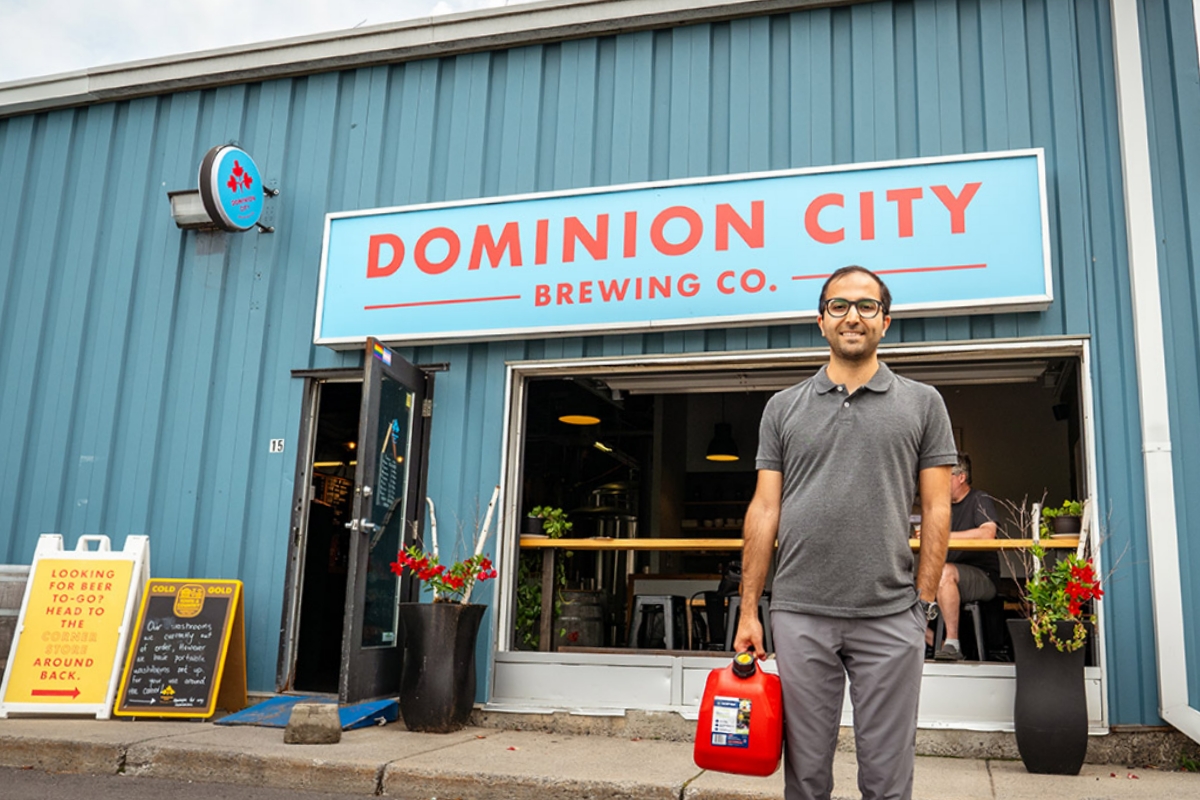
When somebody sips a frosty pint of beer, they might briefly reflect on the ingredients in the glass — a timeless blend of grains, hops, yeast and water — but they probably don’t think about the byproducts from the brewing process. Unless they have the mind of an engineer.
Before moving to Canada for graduate school, Seyedomid Ahmadinejad designed residential and industrial wastewater treatment systems in Iran. He knew that after water and tea, beer is the third most popular drink around the world, and that by volume, brewing can produce up to ten times more wastewater than beer — a brownish, earthy smelling liquid that contains elements such as nitrogen and phosphorus, as well as traces of the chemicals that breweries use to clean their tanks and lines.
So when Ahmadinejad had to choose a focus for his master’s degree in environmental engineering at Carleton University, one particular research project jumped out. What if he could devise a way to help breweries not only avoid the expensive, energy-intensive process of sending their wastewater into municipal sewer systems, but also convert that effluent into a product that’s good for both the environment and the bottom line?
Read the full story HERE.
SOURCE: Carleton University / Dan Rubinstein
PHOTO CREDIT: Terence Ho
